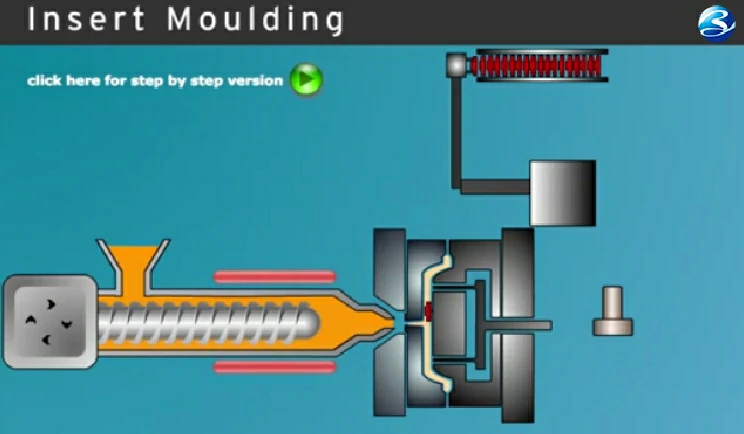The aerospace industry is known for its high standards and stringent regulations, and manufacturers must adhere to these requirements to ensure the safety and reliability of their products. One critical component of aerospace manufacturing is custom insert molding, a process that involves inserting metal or other materials into a mold to create complex components. In this article, we will explore the importance of custom insert molding for aerospace and how manufacturers can meet industry standards.
The Importance of Custom Insert Molding in Aerospace
Custom insert molding plays a vital role in the aerospace industry, as it allows manufacturers to create complex components with high precision and accuracy. This process is particularly useful for producing parts with intricate geometries, such as connectors, switches, and other electronic components. By using custom insert molding, manufacturers can reduce production costs, improve product quality, and increase efficiency. Additionally, this process enables the creation of lightweight components, which is essential for aerospace applications where weight reduction is critical.
Industry Standards for Custom Insert Molding in Aerospace
To ensure the safety and reliability of aerospace products, manufacturers must comply with industry standards and regulations. Some of the key standards for custom insert molding in aerospace include AS9100, ISO 9001, and Nadcap. AS9100 is a widely adopted standard for aerospace quality management, while ISO 9001 is a more general standard for quality management. Nadcap, on the other hand, is a program that provides accreditation for aerospace manufacturers. To meet these standards, manufacturers must demonstrate a commitment to quality, maintain accurate records, and undergo regular audits.
Material Selection for Custom Insert Molding in Aerospace
The selection of materials is a critical aspect of custom insert molding for aerospace. Manufacturers must choose materials that meet industry standards and can withstand the harsh conditions of aerospace environments. Common materials used for custom insert molding in aerospace include polycarbonate, polyetherimide, and polyphenylsulfone. These materials offer high strength-to-weight ratios, resistance to extreme temperatures, and excellent electrical properties. Additionally, manufacturers must ensure that the materials they select are compatible with the molding process and can be easily integrated into the final product.
Design Considerations for Custom Insert Molding in Aerospace
Design is another crucial aspect of custom insert molding for aerospace. Manufacturers must design components that meet industry standards and can be easily manufactured using the custom insert molding process. This requires careful consideration of factors such as part geometry, material selection, and mold design. Designers must also ensure that the component can withstand the stresses and strains of aerospace environments, including extreme temperatures, vibration, and pressure. By using computer-aided design (CAD) software and simulation tools, designers can optimize their designs and reduce the risk of errors.
Manufacturing Process for Custom Insert Molding in Aerospace
The manufacturing process for custom insert molding in aerospace involves several critical steps. First, the manufacturer must create a mold that meets industry standards and can produce components with high precision and accuracy. Next, the manufacturer must select the appropriate materials and insert them into the mold. The molding process itself involves injecting molten plastic into the mold, where it cools and solidifies around the insert. Finally, the manufacturer must inspect and test the component to ensure that it meets industry standards.
Quality Control and Testing for Custom Insert Molding in Aerospace
Quality control and testing are essential for custom insert molding in aerospace. Manufacturers must implement rigorous quality control procedures to ensure that components meet industry standards. This includes inspecting components for defects, testing their mechanical and electrical properties, and verifying their compatibility with other components. Manufacturers must also maintain accurate records of their quality control procedures and test results, as required by industry standards.
Conclusion
Custom insert molding is a critical component of aerospace manufacturing, and manufacturers must adhere to industry standards to ensure the safety and reliability of their products. By selecting the right materials, designing components with care, and implementing rigorous quality control procedures, manufacturers can meet industry standards and produce high-quality components. As the aerospace industry continues to evolve, the demand for custom insert molding will only increase, and manufacturers must be prepared to meet this demand while maintaining the highest standards of quality and reliability.





Comments